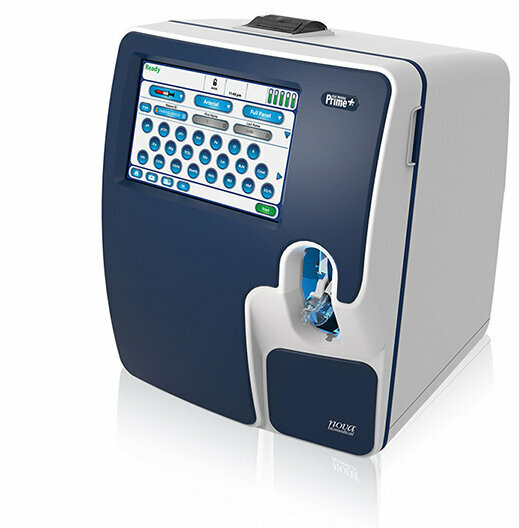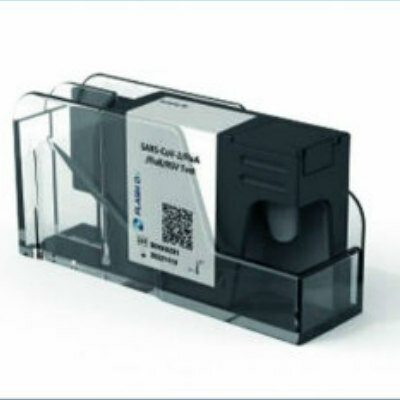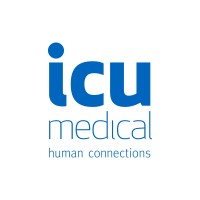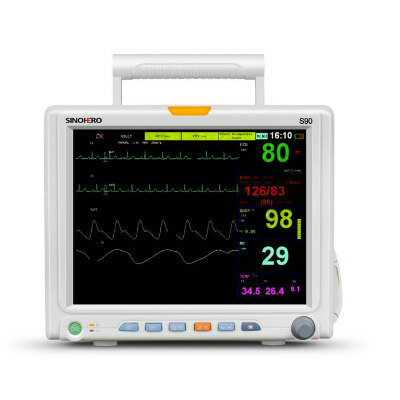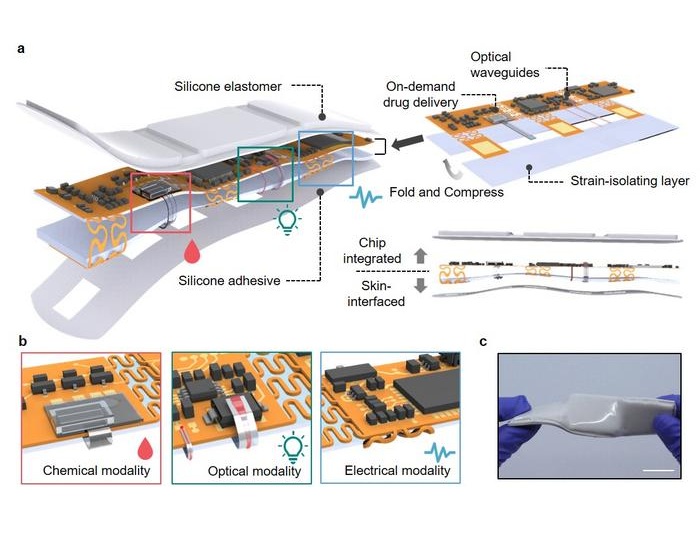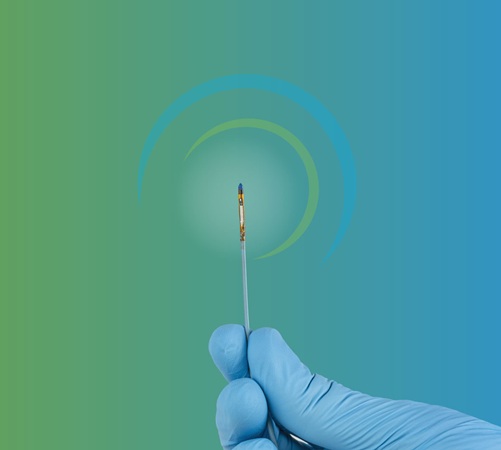Handheld Device “Lights Up” Bacteria in Wounds to Help Surgeons Prevent Infection
|
By HospiMedica International staff writers Posted on 28 Aug 2024 |
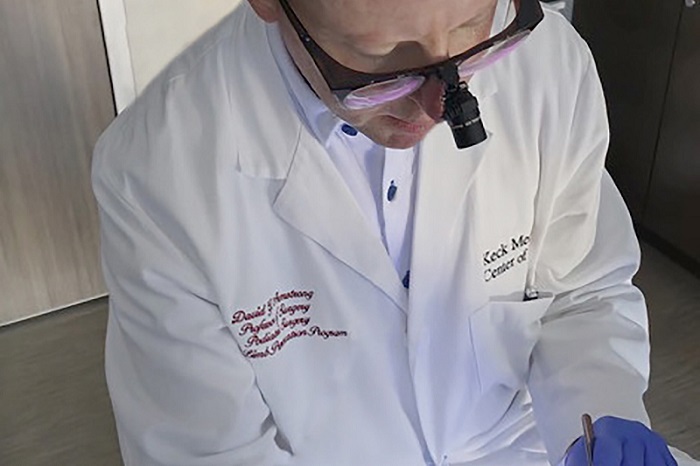
Millions of people worldwide suffer from chronic wounds—wounds that fail to heal within a few months. Such wounds almost invariably harbor bacteria, which if not adequately detected and removed, can escalate into serious infections, potentially leading to severe consequences like amputation, particularly in cases involving limbs. This risk is notably pronounced in individuals with diabetic foot ulcers, which affect one-third of those with diabetes. During the process known as debridement, physicians cleanse the wound by removing as much bacteria as possible. However, they are often hindered by the fact that not all bacteria are visible to the naked eye, leading to potential oversight of some bacteria during the cleaning process. Now, new research has introduced a potentially more effective technique for detecting bacteria during wound debridement.
This method involves autofluorescence (AF) imaging, utilizing a handheld device that employs violet light to highlight bacteria that are otherwise invisible. This technology causes the bacterial cell walls to fluoresce, displaying different colors based on the type of bacteria present, which enables immediate identification of both the presence and type of bacteria within a wound In the research, investigators at Keck Medicine of USC (Los Angeles, CA, USA) conducted a literature review of studies on the effectiveness of AF imaging in treating diabetic foot ulcers. The findings, published in Advances in Wound Care, reveal that AF imaging successfully detects bacteria in wounds in about 90% of cases that conventional clinical evaluations fail to identify.
Typically, after debridement, physicians send tissue samples to a laboratory to identify the specific bacteria types present and to determine the most effective treatment approach, including antibiotic therapy or specific wound dressings. This standard procedure can take several days, during which an infection might worsen. AF imaging, however, enables physicians to make immediate clinical decisions directly during the debridement process, without waiting for laboratory results. This timely intervention can prevent the unnecessary use of antibiotics, helping to avert prolonged antibiotic treatments and reduce the risk of developing antibiotic resistance. Physicians at Keck Medicine are already employing this technology to effectively manage patients with chronic wounds, including those suffering from diabetic foot ulcers.
“We’re hopeful this new technology can help surgeons improve their accuracy when pinpointing and consequently removing bacteria from wounds and therefore improve patient outcomes, particularly for those with diabetic foot wounds,” said David G. Armstrong, DPM, PhD, a podiatric surgeon and limb preservation specialist with Keck Medicine and senior author of the study. “The early detection and removal of bacteria from a wound is vital to preventing avoidable amputations.”
Related Links:
Keck Medicine of USC
Latest Surgical Techniques News
- DNA Origami Improves Imaging of Dense Pancreatic Tissue for Cancer Detection and Treatment
- Pioneering Sutureless Coronary Bypass Technology to Eliminate Open-Chest Procedures
- Intravascular Imaging for Guiding Stent Implantation Ensures Safer Stenting Procedures
- World's First AI Surgical Guidance Platform Allows Surgeons to Measure Success in Real-Time
- AI-Generated Synthetic Scarred Hearts Aid Atrial Fibrillation Treatment
- New Class of Bioadhesives to Connect Human Tissues to Long-Term Medical Implants
- New Transcatheter Valve Found Safe and Effective for Treating Aortic Regurgitation
- Minimally Invasive Valve Repair Reduces Hospitalizations in Severe Tricuspid Regurgitation Patients
- Tiny Robotic Tools Powered by Magnetic Fields to Enable Minimally Invasive Brain Surgery
- Magnetic Tweezers Make Robotic Surgery Safer and More Precise
- AI-Powered Surgical Planning Tool Improves Pre-Op Planning
- Novel Sensing System Restores Missing Sense of Touch in Minimally Invasive Surgery
- Headset-Based AR Navigation System Improves EVD Placement
- Higher Electrode Density Improves Epilepsy Surgery by Pinpointing Where Seizures Begin
- Open-Source Tool Optimizes Placement of Visual Brain Implants
- Easy-To-Apply Gel Could Prevent Formation of Post-Surgical Abdominal Adhesions
Channels
Critical Care
view channel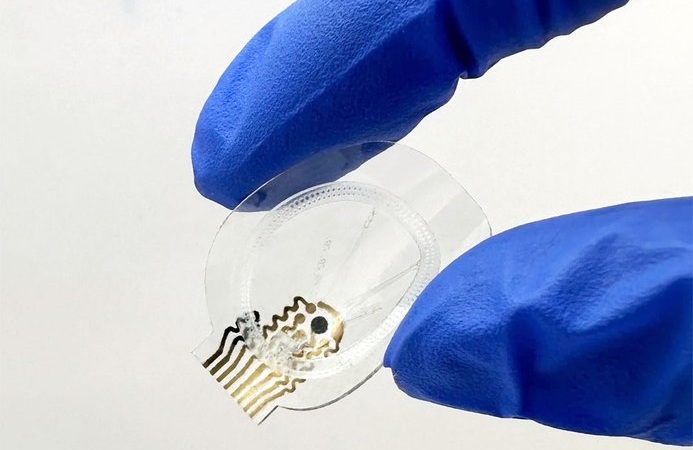
Smart Bandage Monitors Chronic Wounds in Human Patients
A future smart bandage, envisioned as a "lab on skin," could assist both patients and caregivers by not only monitoring chronic wounds but also delivering treatment and accelerating the healing process... Read more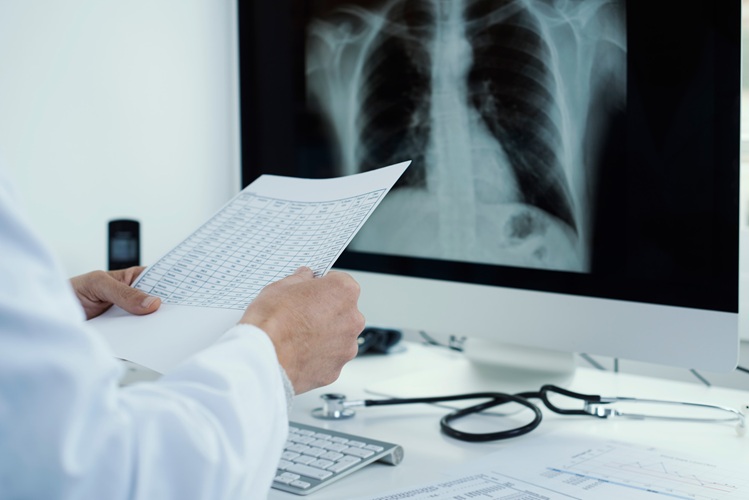
AI Identifies Patients with Increased Lung Cancer Risk Up To 4 Months Earlier
Earlier diagnosis plays a crucial role in improving the prognosis of cancer, as delays in starting therapy are associated with decreased survival rates. In most cases, cancer is first identified when symptoms... Read more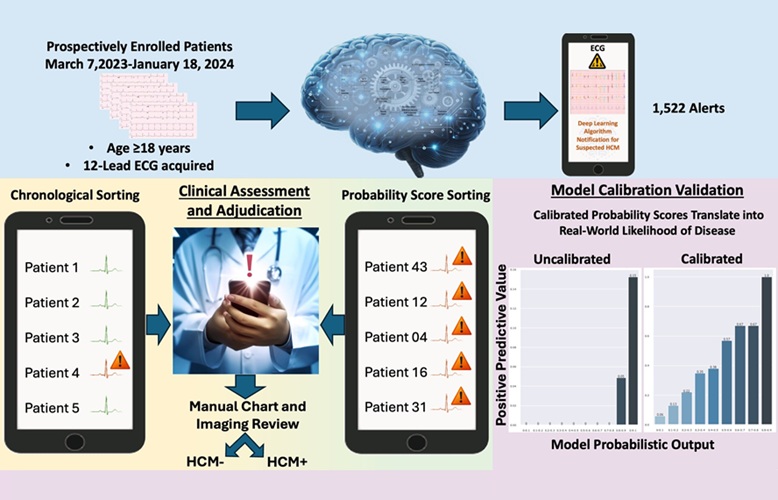
AI Algorithm Identifies High-Risk Heart Patients
Hypertrophic cardiomyopathy (HCM) is a complex condition characterized by the thickening of the heart muscle, which impairs the heart's ability to pump blood effectively. This forces the heart to work... Read more
Next Gen Hemodynamic Monitoring Solution Provides AI-Driven Clinical Decision Support
A new cutting-edge hemodynamic monitoring platform, equipped with predictive artificial intelligence (AI)-based algorithms, is designed to help clinicians proactively manage blood pressure fluctuations... Read morePatient Care
view channel
Portable Biosensor Platform to Reduce Hospital-Acquired Infections
Approximately 4 million patients in the European Union acquire healthcare-associated infections (HAIs) or nosocomial infections each year, with around 37,000 deaths directly resulting from these infections,... Read moreFirst-Of-Its-Kind Portable Germicidal Light Technology Disinfects High-Touch Clinical Surfaces in Seconds
Reducing healthcare-acquired infections (HAIs) remains a pressing issue within global healthcare systems. In the United States alone, 1.7 million patients contract HAIs annually, leading to approximately... Read more
Surgical Capacity Optimization Solution Helps Hospitals Boost OR Utilization
An innovative solution has the capability to transform surgical capacity utilization by targeting the root cause of surgical block time inefficiencies. Fujitsu Limited’s (Tokyo, Japan) Surgical Capacity... Read more
Game-Changing Innovation in Surgical Instrument Sterilization Significantly Improves OR Throughput
A groundbreaking innovation enables hospitals to significantly improve instrument processing time and throughput in operating rooms (ORs) and sterile processing departments. Turbett Surgical, Inc.... Read moreHealth IT
view channel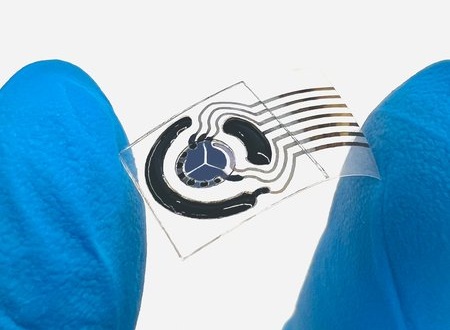
Printable Molecule-Selective Nanoparticles Enable Mass Production of Wearable Biosensors
The future of medicine is likely to focus on the personalization of healthcare—understanding exactly what an individual requires and delivering the appropriate combination of nutrients, metabolites, and... Read more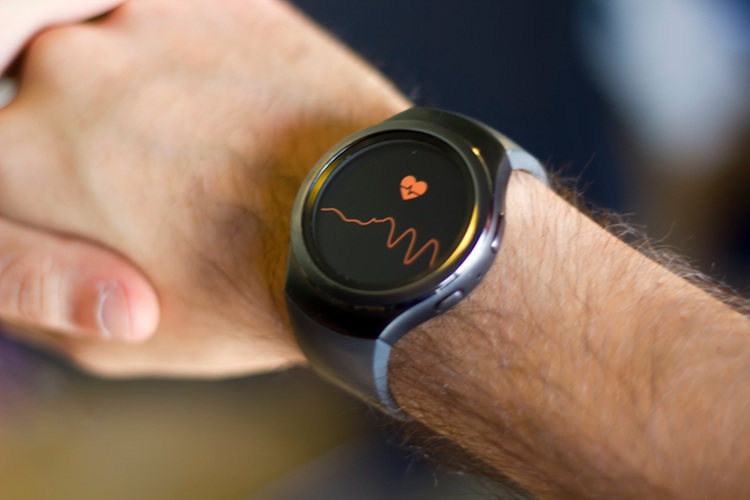
Smartwatches Could Detect Congestive Heart Failure
Diagnosing congestive heart failure (CHF) typically requires expensive and time-consuming imaging techniques like echocardiography, also known as cardiac ultrasound. Previously, detecting CHF by analyzing... Read moreBusiness
view channel
Expanded Collaboration to Transform OR Technology Through AI and Automation
The expansion of an existing collaboration between three leading companies aims to develop artificial intelligence (AI)-driven solutions for smart operating rooms with sophisticated monitoring and automation.... Read more




